Scraping Up Troops
With the fall of the Mariana Islands in summer 1944, Imperial Japan’s defeat became inevitable, but the rising sun empire had no intent of surrendering without a final struggle.
Having no optimistic views towards their enemy, the Allied powers also envisioned the final showdown with Operation Downfall scheduled to begin on November 1st, 1945.
This operation was to be a two-phased plan – Operation Olympic landing in Kyushu to secure a major staging area while Operation Coronet delivered the final blow by landing near Tokyo in March 1946.
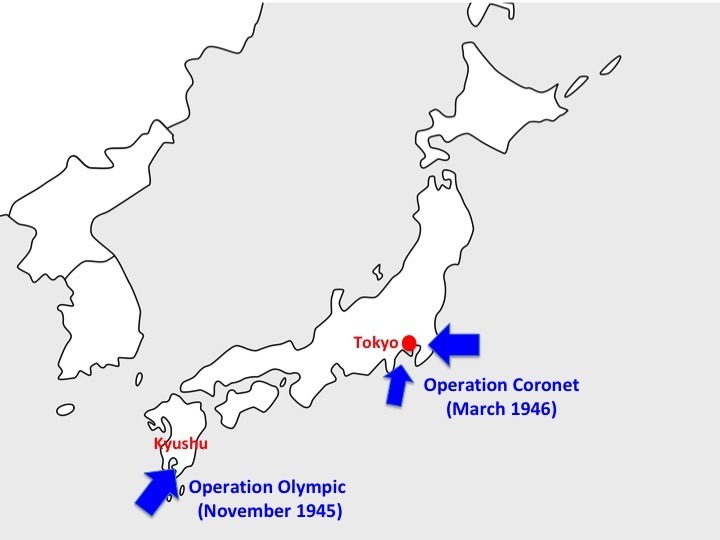
On the other hand, Japanese intel accurately predicted the Allied landing areas, and thereby began fortifying the coastal areas of Kyushu and Tokyo, though progress was hindered by the lack of supplies and proper equipment.
In terms of manpower, it is important to note that the number of troops present on Mainland Japan was less than a million men in late 1944.
The majority of the 4 million-strong Army was dispersed throughout China, Manchuria, Korea, and Southeast Asia, but bringing them back was no easy task because (1) most were already facing the enemy in their respective sectors, and (2) the shipping lanes had been decimated by US submarines.
Thus, an additional 1.5 million men was hastily drafted into service on the mainland, bringing the total strength to 3 million men.
Moreover, every able body male between the age of 15 and 60, as well as every female of the age 17 to 40 were to serve as local militias. This “Volunteer Fighting Corps” was equivalent to Britain’s Home Guard or Germany’s Volkssturm, except on a larger scale.
Among the total population of 75 million, 28 million were registered to fight as armed civilians and received minimal training.
Though the war was already lost at this point, the idea was to inflict enough casualties to the advancing Allied forces so that they would accept a negotiated peace instead of an unconditional surrender.
Rudimentary Weapons
The grand total of 3 million men and numerous militia seemed like an impressive defense force, at least on paper.
But, in reality, almost every unit was grossly ill-equipped and understrength. The relentless allied bombing had diminished Japan’s industrial capacity, and the chance of successfully shipping raw material or other essentials from abroad was extremely slim.
This coerced the military to gather any weapon they could find, whether it was an untested prototype or from the 19th century. Needless to say, this created a logistical nightmare, but perhaps any thought of compatibility was disregarded since replenishing ammunition was an impossible task in the first place.
Despite these horrible conditions, these formal military units were still fortunate compared to the Volunteer Fighting Corps who had zero to none military grade equipment.
The military was responsible training these militia, but the general principle was self-reliance, forcing the ordinary citizens to fetch any weapon available.
Those in possession of hunting rifles and small pistols were the lucky ones, as the majority were only armed with rudimentary weapons such as swords, makeshift bamboo spears and farming tools.
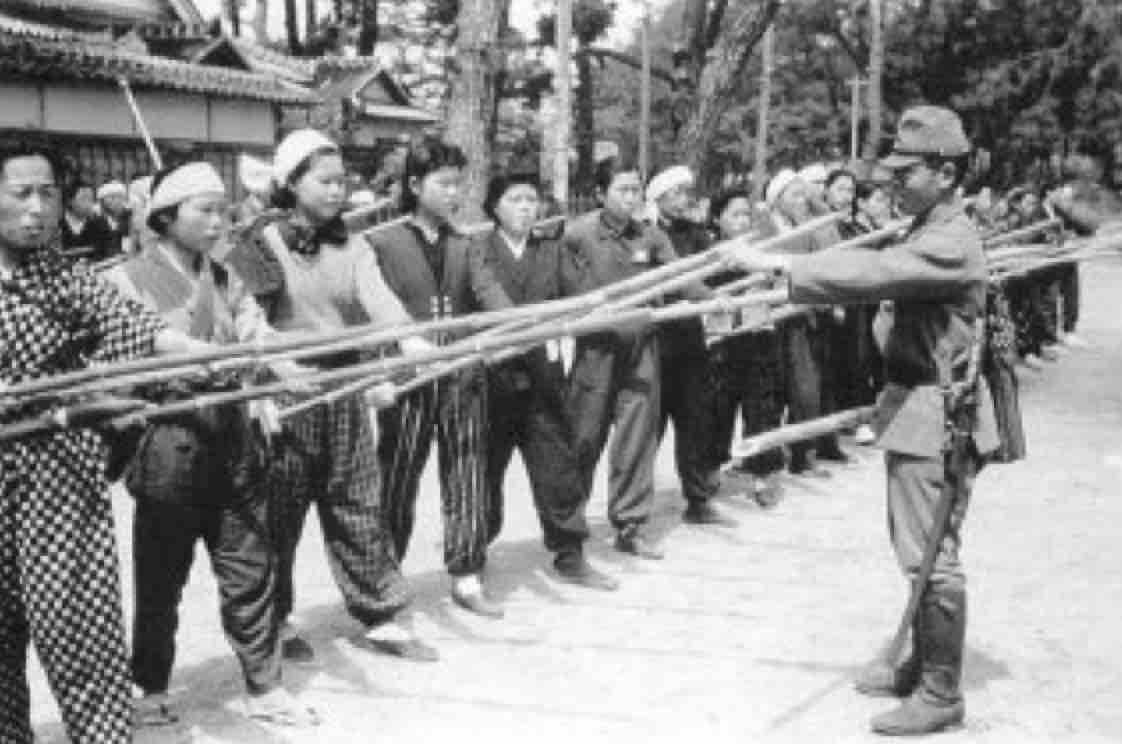 Women of the militia training with bamboo spears
Women of the militia training with bamboo spears
All of these primitive weapons were to be used against enemy soldiers armed with semi-automatic rifles, but military propaganda tried to advertised them as “ultimate weapons for the decisive battle.”
On one occasion, the Prime Minister at the time, Kantaro Suzuki, was shown these equipment by the military, only to find the insanity of such mentality. It is said that this inspection tour greatly influenced Suzuki’s decision to accept surrender in August 1945.

-320x180.jpg)
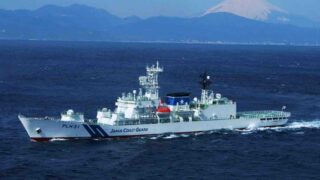
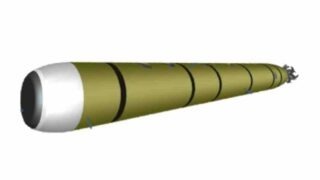

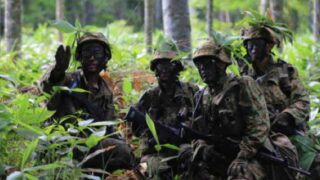
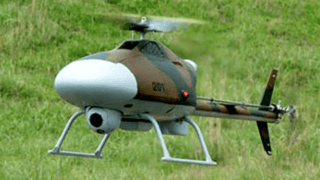
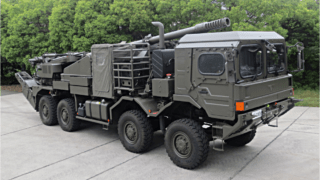
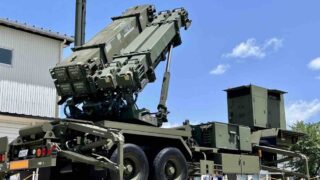

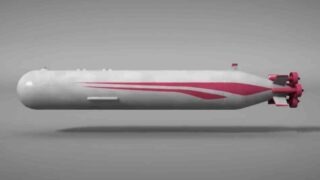
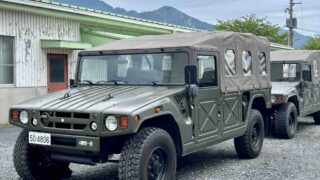
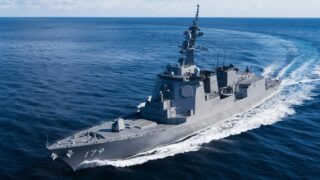
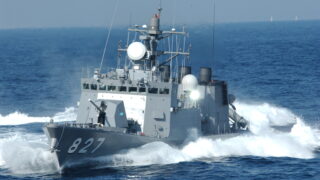
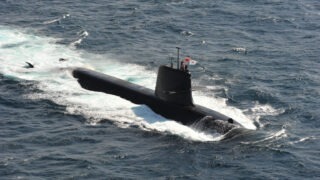

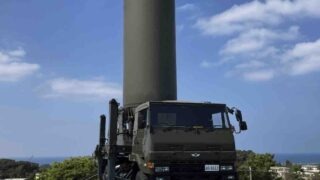
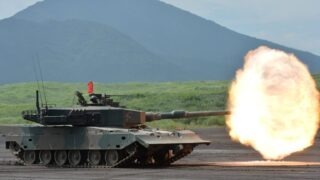
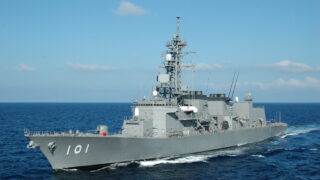
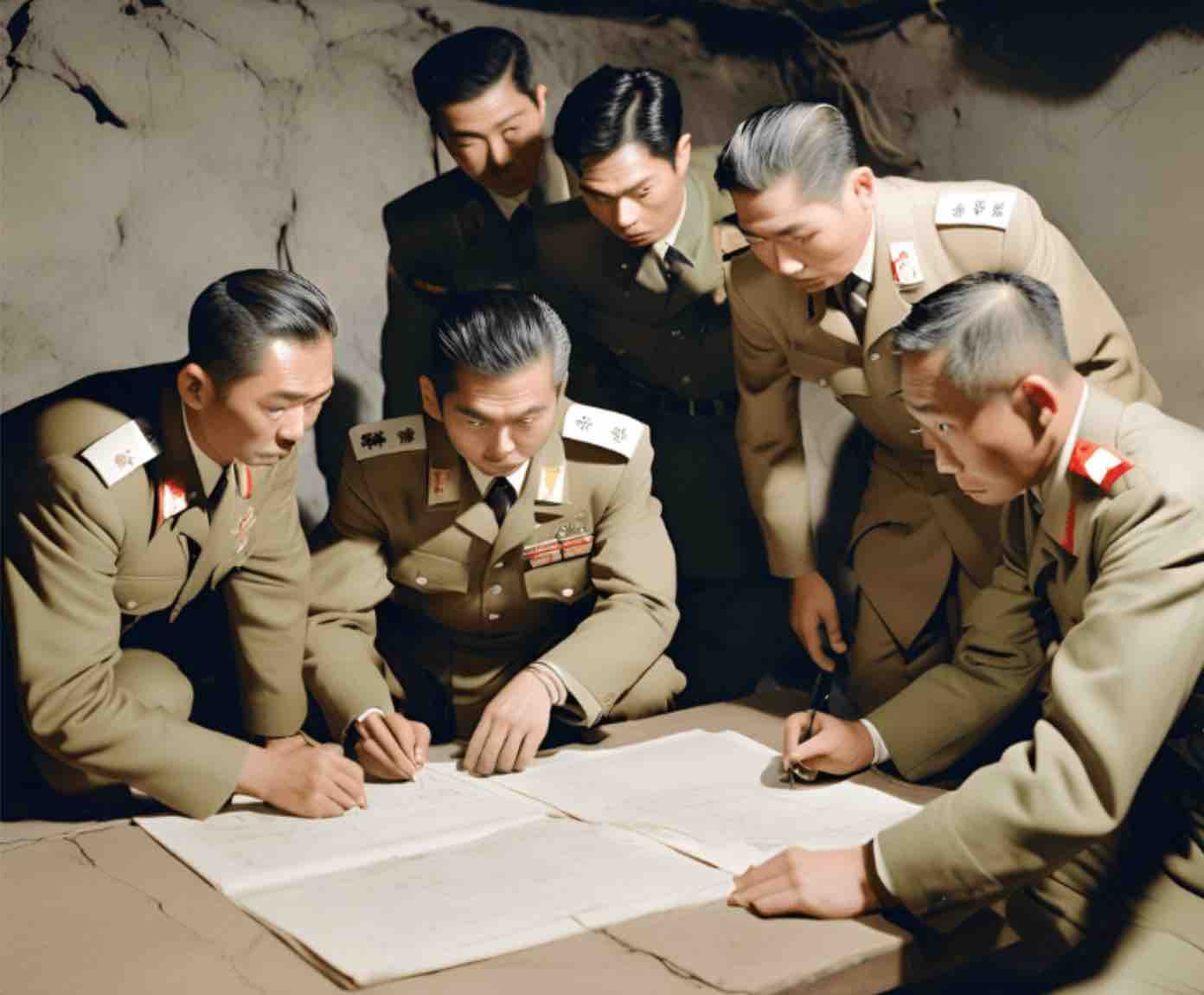
Comments